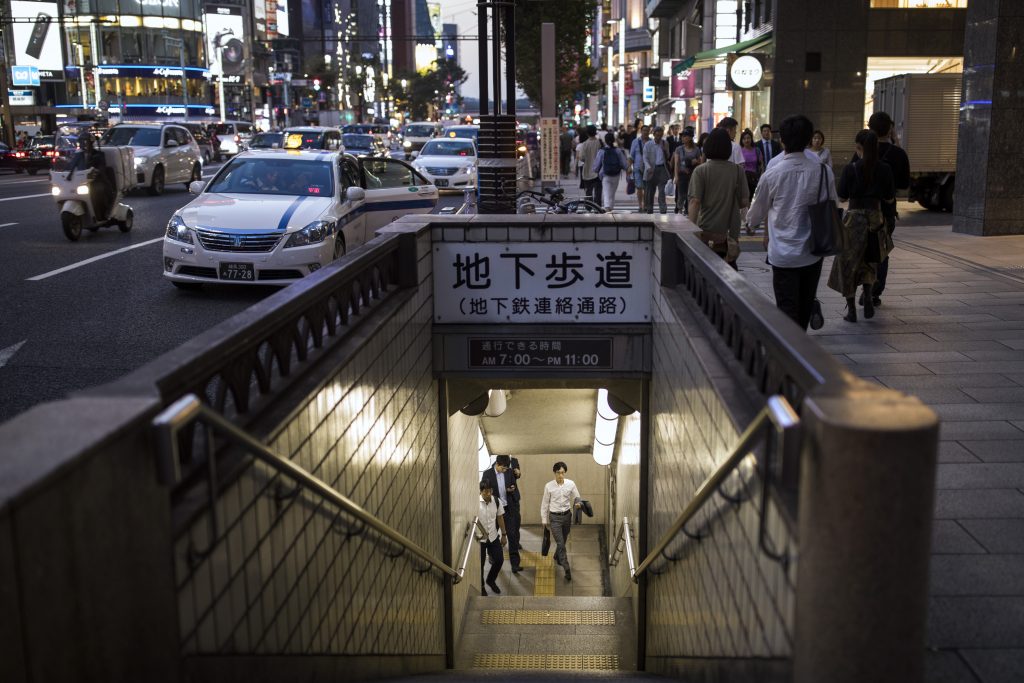
- ARAB NEWS
- 18 Jul 2025

TOKYO: Remains of the work to repair damage from the Ginza air raid during World War II have been exposed as a result of revamping work of Tokyo Metro Co.’s Ginza Station.
“It’s rare that such remains have been found under the ground, and they showed the impact of the bombing,” an expert said.
In the Ginza air raid, the US military attacked the posh Ginza district in central Tokyo at around 2 p.m. on Jan. 27, 1945, dropping a 500-kilogram bomb on the ground above the subway station and destroying the underground tunnel leading toward Asakusa Station.
According to records, 539 people were killed in the attack.
The bombing happened when factories were mainly targeted by the US military, before the Great Tokyo Air Raid on March 30 in the same year that devastated many residential areas in the city.
According to Tokyo Metro, a wall of 3 meters high and 5 meters wide that has been strengthened with iron frames and cemented with concrete was found behind a decorative laminate during the revamping work, which started in 2017, of Ginza Station in Tokyo’s Chuo Ward. The subway operator said the wall is believed to have been set up to fill a hole created by the air raid.
The Ginza Line opened in 1927, linking Asakusa Station and Ueno Station as the first subway in the East. Ginza Station on the subway line that came into use in 1934 is located 9.3 meters below ground.
“The Ginza air raid came as a major shock at the time, as Ginza was a place everyone in the capital knew of,” said Seishi Ishibashi, a 38-year-old worker at the Center of the Tokyo Raids and War Damage in Tokyo’s Koto Ward.
“The remains showed that underground areas also suffered damage,” Ishibashi said. “They are very valuable as they allow us to see the evidence of the attack in a place still in use today.”
Tokyo Metro considered preserving the remains, but when it set up a new decorative laminate as planned, the remains mostly became invisible. No materials explaining the repaired part are available at the company, and sufficient room for visitors to see the wall safely could not be secured.
“Displaying the actual remains may be difficult, but I want the company to consider some other ideas, such as setting up an explanatory panel to show that the air raid took place in a familiar place like Ginza.”
JIJI Press